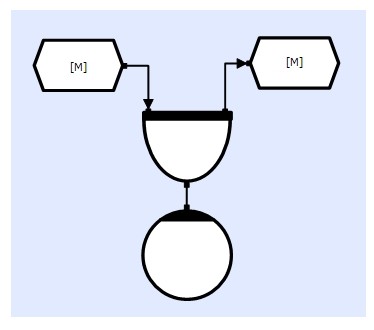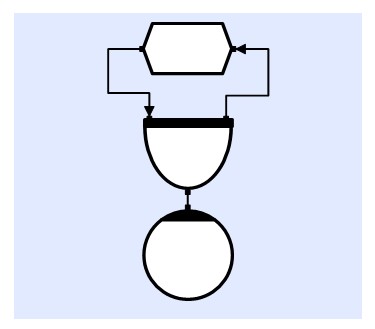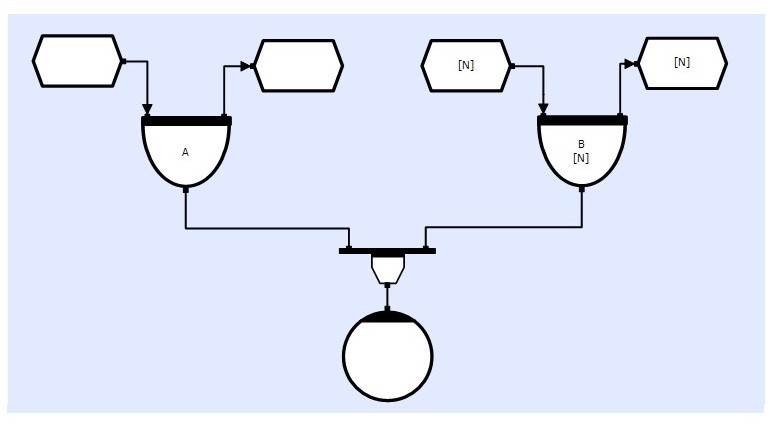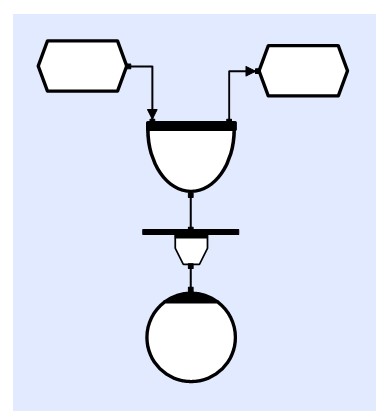Overview
Event trees provide an alternative view of circuit logic that is referred to as the 'prototype' view. This view details the contents of a single event as seen by a single element of the tree's root consumer. The prototype view generally resembles the corresponding circuitry but there are some differences which are illustrated by the following examples;


In the example above the circuitry is multidimensional, but each method element is only connected to a single element of the providing object tree, and so the method's user code only sees a single element of the collector and its collected stores. In order to derive a prototype from its equivalent circuitry, the first stage is usually to 'cancel' all shared dimensions.


In the above example, the '[N]' dimension has been 'cancelled' leaving the prototype on the right.


Prototypes take the form of 'trees' rather than graphs. Although the collector's read and write connections involve the same object element, the prototype illustrates then as distinct items.


There are two types of multiplexing operation. In the 'pure' case above, all of the multiplexor's providers have the same topology and type, and are typically dealt with by the same method code. If the multiplexor's attribute is set to 'pure' (and all the providers are uniform) the translator will generate code that always executes the same user code.